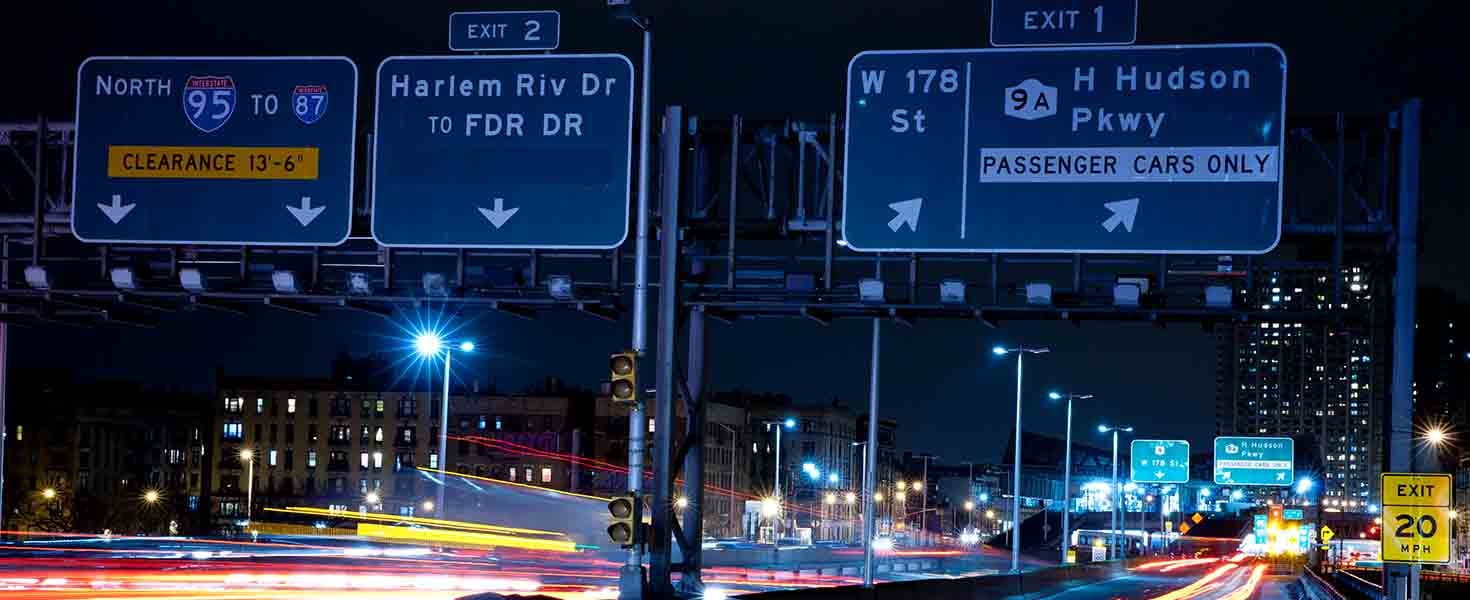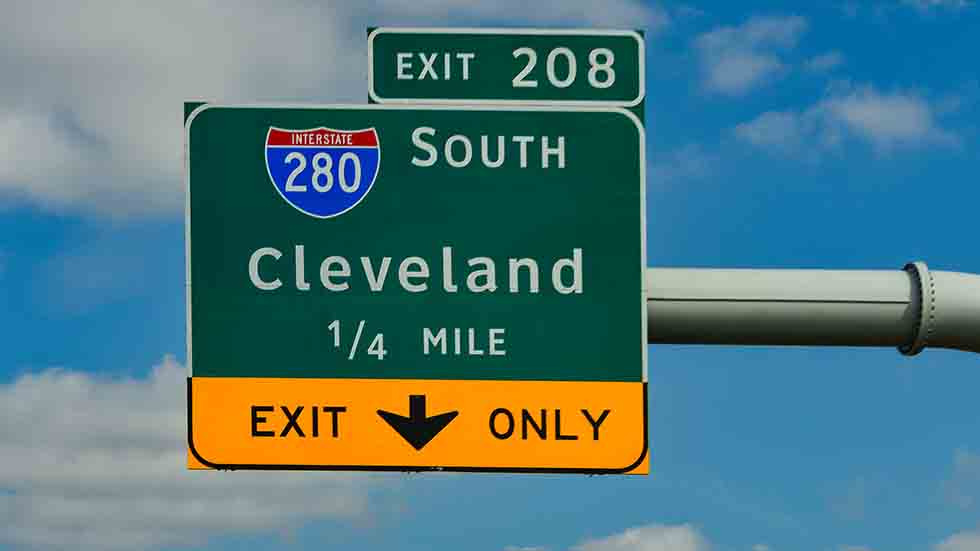

How many road signs did you notice the last time you were out for a drive? Road signs can help tell you where you are, things you should be cautious of, how fast you should go, and what may be up ahead. Each road sign has a different meaning—left turn only, no passing zone, one way, pedestrian crossing, do not enter, railroad crossing, falling rocks, and more.
However, have you ever wondered if there was any rhyme or reason to our highway numbering system or how signs are designed? Here are some tips and tricks to help you navigate your next road trip with ease.
Mile markers
These little green signs along the side of the highway help signal each mile from one end of the state to the other. Numbers start at the state line, or they may start at the beginning of that specific interstate.
For east/west highways, mile markers begin on the western state border and increase as you travel east. For north/south, markers begin at the south state line and increase as you travel north.
Usually, exit numbers correspond to the mileage markers on the interstate. If you happen to be on a road trip and need assistance, paying attention to mile markers can be helpful to finding your location and instructing the help you need.

State highway system signs
These signs vary state-by-state, which makes them easier to spot. While the default design is the circular highway shield, which is also how state highways are designated on most maps, others are different. For example, some states like Colorado, Alaska, and New Mexico incorporate elements of their state flag.
Sign placement
There is a method to the madness of placing signs along roads and highways. In fact, engineering judgement is used in determining the need for and placement of all regulatory and warning signs. Proper location, position, and erection of signs is critical for safe driving and informing drivers.
One of the most useful tips is the positioning of exit number signs over the route sign. Whichever side it’s placed on, that’s the side the exit is on. If the exit sign is placed in the middle, that means stay in that lane. If there isn’t an exit sign, it means continue on that highway.
Highway numbering system
Highways that are east/west are assigned even numbers, while north/south highways are assigned odd numbers. A trick for remembering this is “E” for “even” and “east.”
Another helpful tip is any route divisible by 5, such as I-70 or I-90, are intended to be major arteries among primary routes. They are designed to carry traffic long distances, so when planning your road trip, you may want to consider hopping on one of these routes for the long haul.
